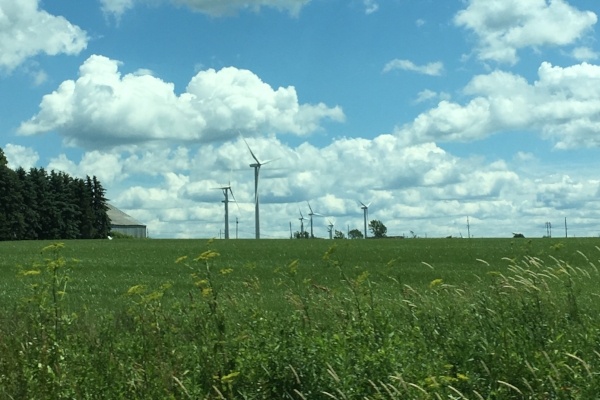Wind turbines operate by converting the kinetic energy in wind to mechanical power. The power produced is connected to a power grid which is used to power appliances, homes, industrial buildings, offices, electrical equipment, vehicles, etc.
So how does it work?
Wind turbines are essentially reverse fans. Simply put, opposite to fan blades rotating around to create wind, a wind turbine captures the wind at the blades, which spins the main shaft connected to the generator, creating electricity. As the blades rotate and capture the wind, forces create loading events on each of the systems working together within the wind turbine, including the blades, main shaft, main bearing, gearbox and generator.
To understand individual asset performance, or asset lifetime, it’s important to capture data on how wind loads impact the wear and fatigue of the critical components within the major systems. If you can understand that, then you can take actions to prevent failure and extend life, or at minimum plan and forecast better for parts, services and labor.
Sentient Science has created a wind load model input that is connected to the multibody dynamics DigitalClone model of the fielded wind turbine. The inputs together simulate how wind speed and harsh operational conditions impact the performance of the turbine.
Sentient Science is hosting a webinar Wednesday, April 26 at 11 AM EST on Sentient’s latest wind load modeling advancements.
